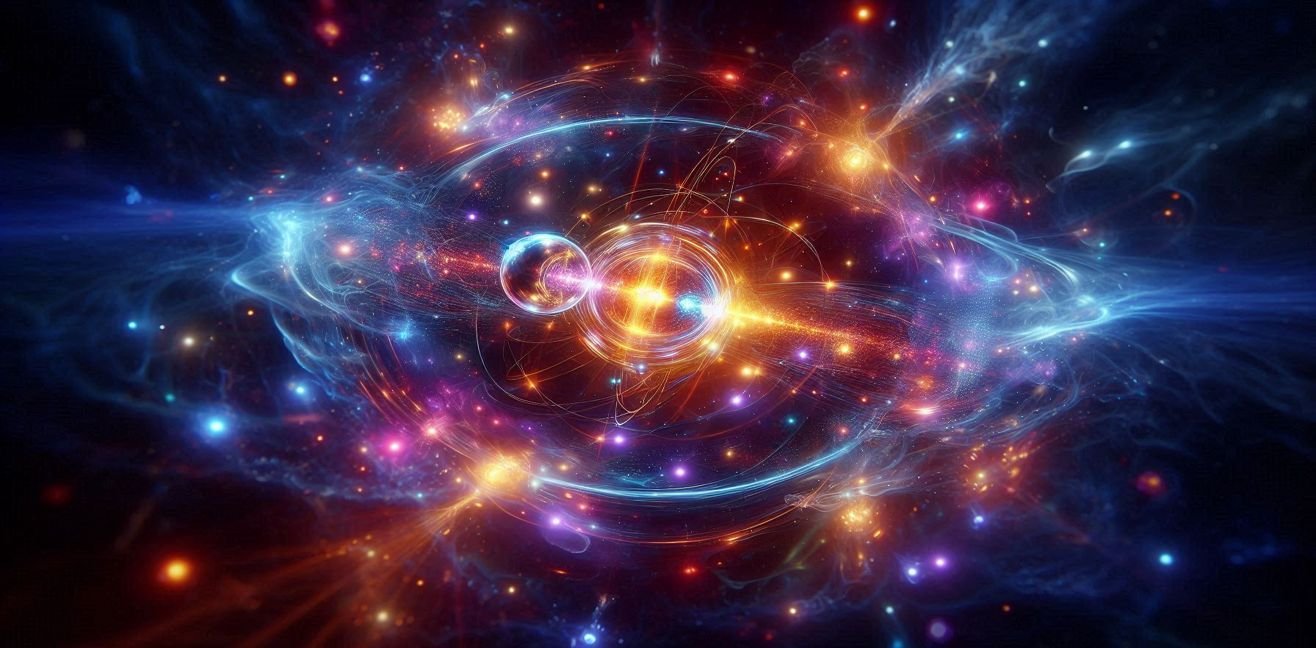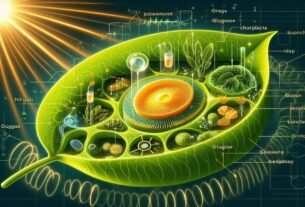From the outside, the universe might look calm and orderly; the sun rises, we sip our coffee, birds fly… But once we dive into subatomic particles and energy, things get weird! The behavior of atoms and energy can no longer be explained by classical physics. This is where antimatter comes in: a strange mirror image of ordinary matter. 🧪✨
What Is Antimatter? Is It Possible to Invert Matter? 🌀
Antimatter is the opposite of every particle of matter. The counterpart of an electron is a positron, the counterpart of a proton is an antiproton, and the counterpart of a neutron is an antineutron. These particles have nearly the same mass as their matter counterparts, but their charges are reversed.
Key Properties:
- Opposite Charges: For example, an electron is negatively charged, while a positron is positively charged.
- Energy Conversion: When matter and antimatter meet, they annihilate completely into energy:
E=mc2E = mc^2E=mc2
Yes, Einstein’s famous formula comes into play here. 💥
- Time and Symmetry: CPT symmetry (Charge, Parity, Time) governs antimatter behavior; some theories suggest antimatter could act as if it moves backward in time.
The Rarity of Antimatter in the Universe 🌌
After the Big Bang, the universe contained nearly equal amounts of matter and antimatter. But today, most of the universe is dominated by matter, while antimatter is extremely rare. Why?
This is explained by a process called baryogenesis, which created a slight matter-antimatter asymmetry. That tiny difference determined the universe as we know it. Without it, matter and antimatter would have annihilated each other, and there would be no stars, galaxies, or life! 😱
Production and Control of Antimatter 🏭
Antimatter can be produced in laboratories. For example, at CERN’s Large Hadron Collider (LHC), protons are collided at incredible speeds to create antiprotons and positrons.
But storing antimatter is nearly impossible: even a single antiproton touching the tiniest bit of matter will release energy and annihilate. That’s why antimatter must be kept in electromagnetic traps (Penning traps).
Technical Details:
- Positrons are typically obtained via radioactive beta decay.
- Antiprotons are captured and cooled after high-energy collisions.
- 1 gram of antimatter could release the equivalent of 20 megatons of TNT! 😳💥
Theoretical and Practical Importance of Antimatter 🔬
1. Particle Physics
Antimatter plays a critical role in verifying the Standard Model. CPT symmetry and antimatter behavior help physicists test the fundamental laws of the universe.
2. Medical Imaging
PET scanners (Positron Emission Tomography) use positron-emitting radioactive substances to detect cancer and other diseases.
3. Future Energy Source
Theoretically, antimatter could serve as a highly efficient energy source. It could power space travel for propulsion and heating. However, production costs and storage challenges remain major obstacles.
Antimatter and Cosmic Mysteries 🌠
- Antimatter Galaxies: Why is most of the universe made of matter? Do antimatter galaxies exist? Still unknown.
- Time Oddities: Some theoretical models suggest antimatter moves backward in time.
- Cosmic Rays: High-energy cosmic rays sometimes contain antimatter, which releases light and energy when colliding with the atmosphere.
In Summary 💫
- Antimatter is like a mirror image of matter: particles with opposite properties.
- Matter and antimatter annihilate into energy, and asymmetry between them shaped our universe.
- Producing antimatter in labs is possible but storing it is extremely difficult.
- Antimatter is crucial in particle physics, medical imaging, and theoretical energy applications.
Thanks to antimatter, we can witness the universe’s strange and magnificent symmetries. The dance of matter and antimatter enchants us in the universe’s mysterious mirror! 💥🪞✨




